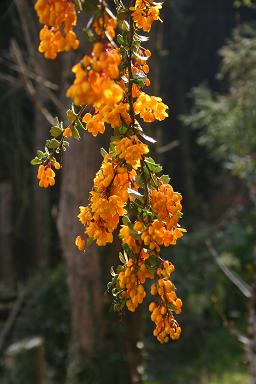
| Home | Index | Web Stuff | Copyright | Links | Me |

The most beautiful of the orange flowered Berberis. I am so fond of it that I have planted it rather recklessly around the garden, and now face the daunting prospect of removing
a couple of prickly 8foot wide mounds of tenacious stems.
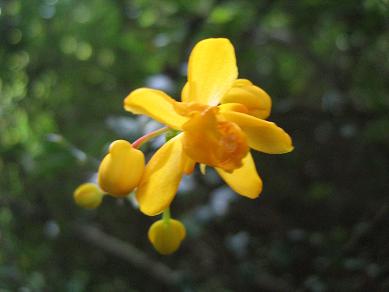
A close up of the flower conceals the fact that I have done nothing to control the shrubs excesses during the last year.
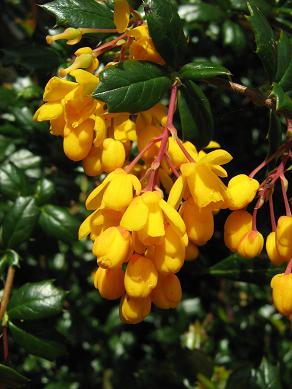
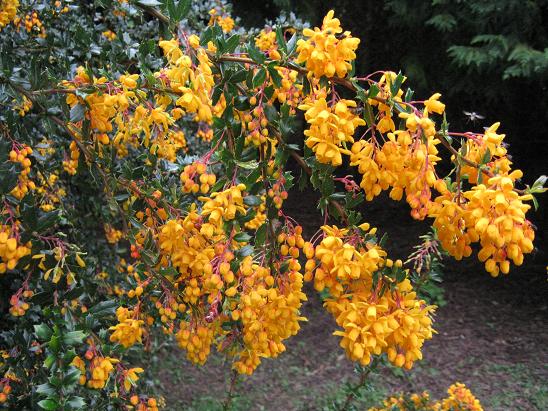
It is amazingly easy to prevaricate in a garden. I have known for some years now that my largest Berberis darwinii will have to be removed. It is in the wrong place
and doing the wrong thing. To be fair, it is advancing rapidly by suckers to get into the right place (and everywhere inbetween) and in that process, it is doing the wrong thing.
Anyway, It had to go. Once flowering finished I went in with a pair of stout loppers and a saw and removed all of the top growth. If it tries to regrow, the shoots will be snapped off
and if I am feeling strong one day, I will remove the roots (don't hold your breath).
I am looking for robust evergreens to establish under the windbeaks to give some extra protection at ground level, and that is probably where I will try it next. It will be rather
less impressive in dry shade, but it might work.
It is a monsterous thug and I would hate to be without it
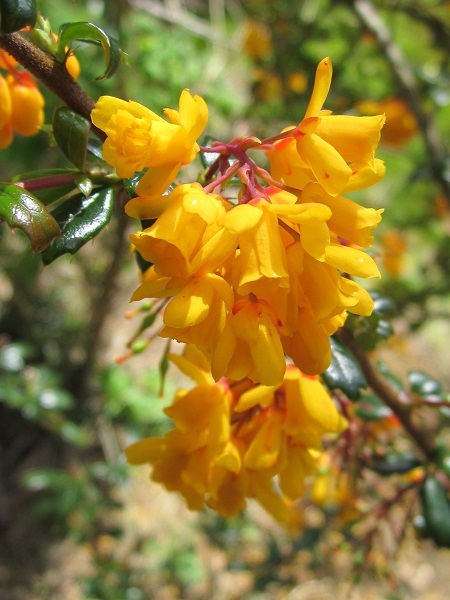
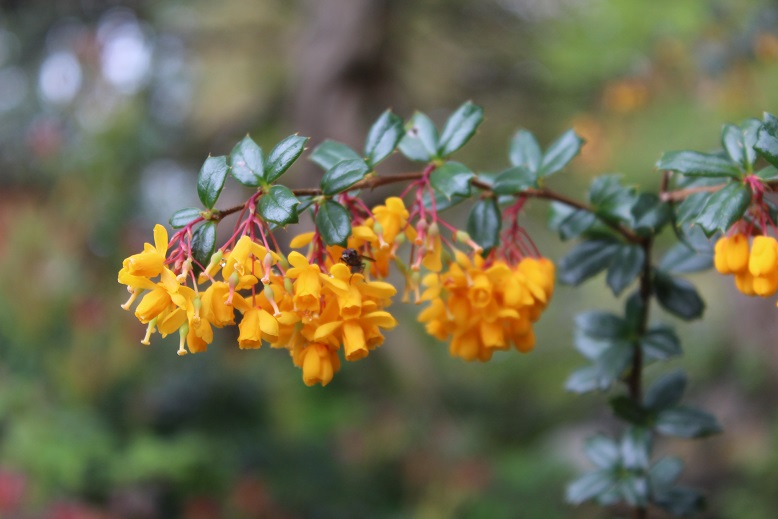
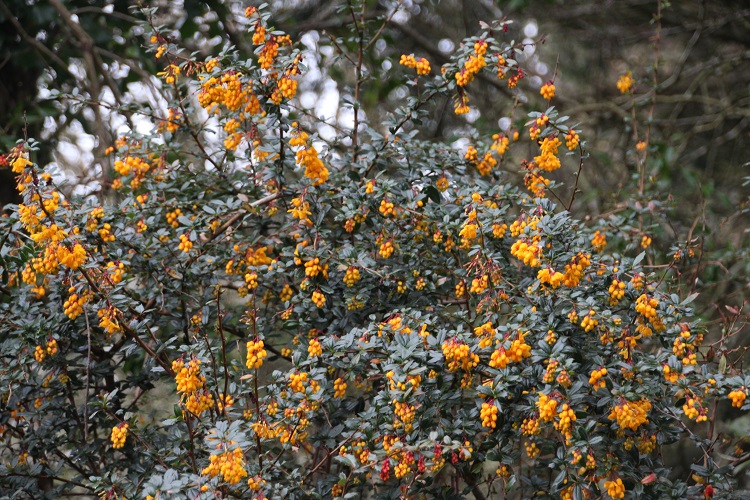
The species comes from Chile and Argentina and was first discovered by Charles Darwin during his voyage of discovery on the Beagle in 1835.
It was first introduced to cultivation by William Lobb in 1849 from a population on Chiloe Island.
References: